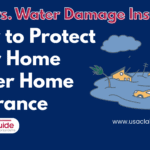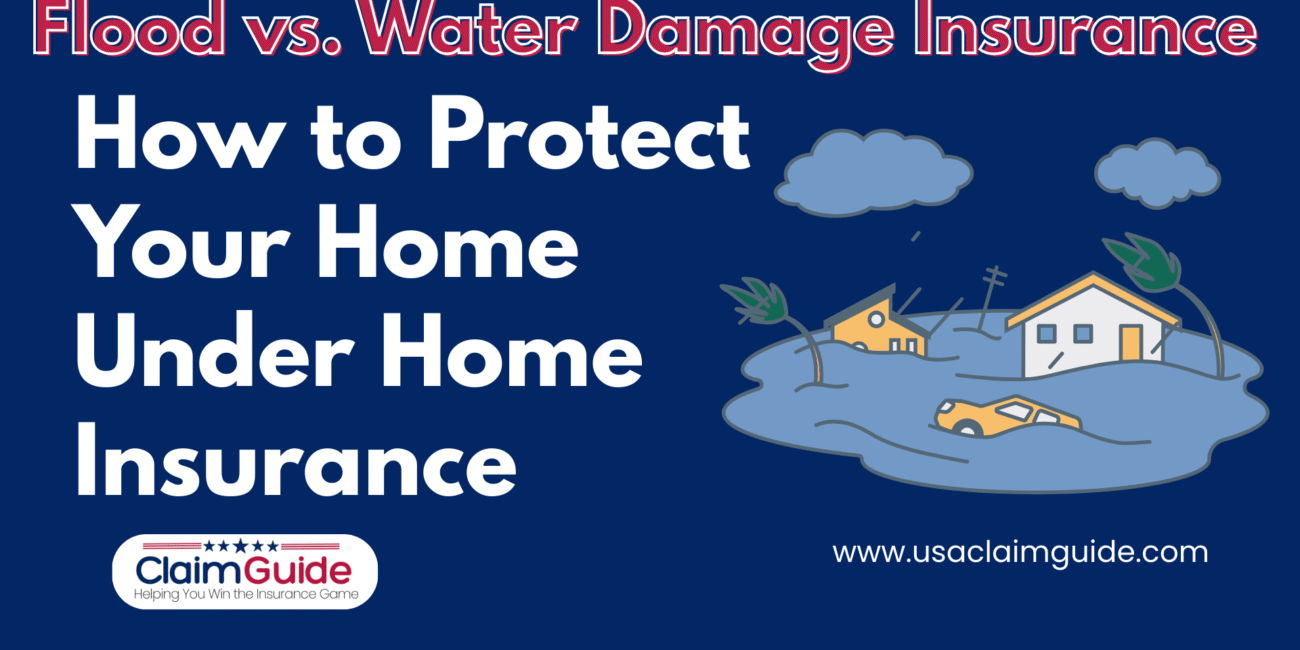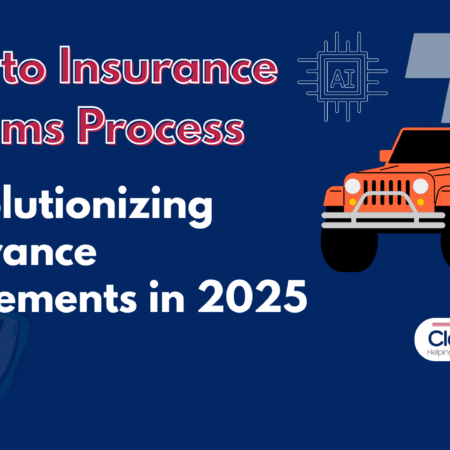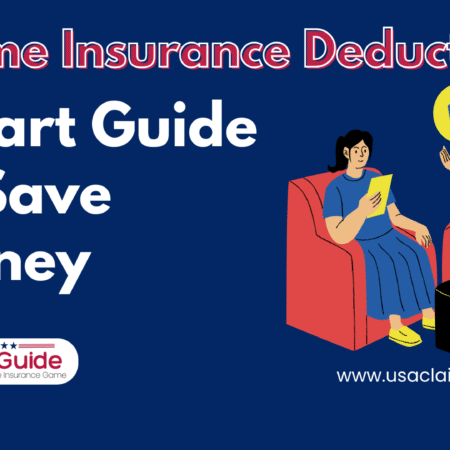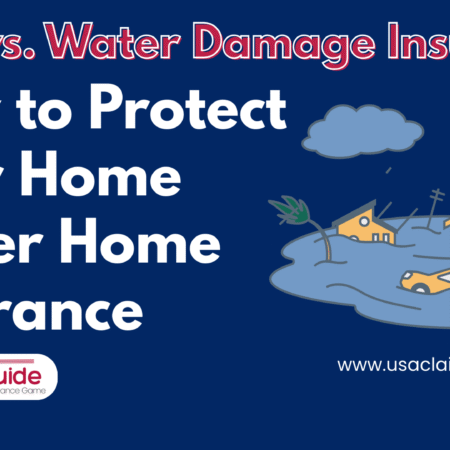Water-related damage is one of the most common and costly problems faced by homeowners across the United States. However, when it comes to protecting your property, flood insurance vs. water damage insurance coverage plays a crucial role in determining whether your losses will be reimbursed. Many homeowners are unaware that standard homeowners insurance policies do not cover flood damage, leading to costly out-of-pocket repairs if a flood strikes without proper coverage.
Understanding the differences between flood insurance policies and water damage insurance policies in the USA can help you make informed decisions to safeguard your home. Flood damage typically refers to water intrusion caused by external sources like heavy rain, overflowing rivers, or storm surges. Conversely, water damage often results from internal incidents such as burst pipes, appliance leaks, or roof damage.
This distinction affects not only what your insurance covers but also how claims are processed and settled. For example, filing a flood insurance claim through the National Flood Insurance Program (NFIP) involves different steps and documentation than a standard water damage insurance claim under your homeowners policy.
Homeowners living in flood-prone regions or areas with aging plumbing infrastructure should carefully evaluate their insurance needs to avoid unexpected financial burdens. Knowing the specific coverage limits and exclusions of flood vs. water damage insurance in the USA ensures you’re adequately prepared when disaster strikes.
At first glance, flood and water damage might seem interchangeable after all, they both involve water intruding into your home. However, when it comes to insurance coverage, they are treated very differently. This distinction can have significant financial consequences for homeowners, especially when filing a claim. If you assume your standard home insurance covers all forms of water damage, you could be in for a costly surprise.
Flood vs. water damage insurance in the USA is a critical topic for anyone looking to protect their property from nature’s unpredictability and household mishaps. Insurance companies use specific definitions to categorize the cause and source of water damage, which directly impacts whether your claim will be approved or denied.
For example, a natural flood caused by rising water from overflowing rivers, heavy rainfall, or hurricanes requires a separate flood insurance policy, often purchased through the National Flood Insurance Program (NFIP). On the other hand, damage resulting from a burst pipe, leaking appliance, or roof failure may fall under your homeowners insurance policy, assuming the issue is sudden and accidental.
Homeowners across the United States especially those living in flood-prone zones or areas with aging infrastructure must understand the nuances between these two types of coverage. Without the right policy in place, even a few inches of water could lead to tens of thousands of dollars in out-of-pocket expenses.
Whether you’re a first-time homebuyer or a seasoned property owner, learning the ins and outs of flood vs. water damage insurance in the USA is essential for comprehensive protection and peace of mind.
Understanding Insurance Coverage Gaps: Why Knowing the Difference Matters
Homeowners across the United States often assume that if water damages their property, their insurance will take care of it. Unfortunately, this misconception can lead to costly surprises. What many don’t realize is that flood damage and water damage are treated entirely differently by insurance providers, and the types of protection offered vary significantly between the two.
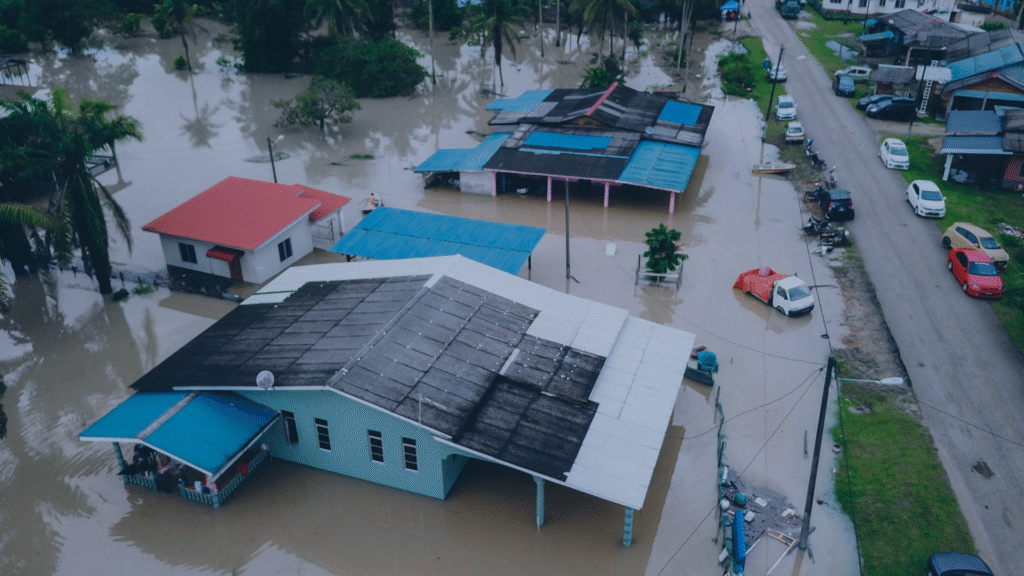
In fact, it’s not just about having coverage it’s about having the right kind of coverage based on where the water came from and how it entered your home. That’s why understanding the scope of coverage in flood vs. water damage insurance in the USA is critical to protecting your home, your belongings, and your financial stability.
Water that enters your home because of a weather event, like flash flooding or storm surge, is typically only covered under a separate flood insurance policy. In contrast, water damage resulting from a sudden plumbing issue or roof failure may be covered under a standard homeowners insurance plan but only if the cause is considered accidental and not due to neglect or long-term issues.
Also Read: The Ultimate Guide: Water Damage Insurance Claim Procedure, Payout, Tips in the USA
The confusion arises when policyholders discover that damage caused by similar sources like rain or groundwater can fall into different categories based on small details, like how quickly the water entered or whether the source was external or internal. These distinctions can drastically impact claim approvals and out-of-pocket expenses.
As climate change drives more extreme weather events and aging home systems become more prone to malfunction, it’s more important than ever for U.S. homeowners to know exactly what kind of damage is covered by each insurance type. This awareness can help you make informed decisions about purchasing additional coverage, filing claims correctly, and avoiding denied reimbursements.
Whether you’re insuring a first home, reviewing your current policy, or preparing for storm season, getting familiar with the details of flood vs. water damage insurance in the USA ensures you’re financially prepared for whatever comes your way.
Flood vs. Water Damage Insurance in USA: What Homeowners Must Know
When disaster strikes, understanding the difference between flood and water damage can save you from major financial setbacks. Many homeowners in the U.S. mistakenly assume their standard insurance policy covers all types of water damage but that’s not always the case. In this article, we’ll break down everything you need to know about Flood vs. Water Damage Insurance in USA, including how claims work, what’s covered, and how to protect your home the right way.
Is Flood Damage the Same as Water Damage?
The short answer: No, flood damage is not the same as water damage especially from an insurance standpoint.
Flood Damage
Defined by the Federal Emergency Management Agency (FEMA), flood damage occurs when water from a natural source like heavy rainfall, hurricanes, or overflowing rivers inundates normally dry land and affects two or more properties or at least two acres.
Examples of flood damage:
- Rising water from a nearby creek after a storm
- Street flooding that enters your home
- Storm surges caused by hurricanes
Water Damage
Water damage, on the other hand, typically refers to water-related issues that originate inside the home or from man-made sources.
Examples of water damage:
- Burst pipes
- Leaking roofs (from rain)
- Overflowing washing machines
- Water heater failures
Why This Distinction Matters
The classification matters because standard homeowner’s insurance covers water damage, but not flood damage. Flood insurance must be purchased separately usually through the National Flood Insurance Program (NFIP) or private insurers.
Flood vs. Water Damage Insurance in USA: Claim Process Overview
Understanding how insurance claims work for flood vs. water damage helps ensure a smooth process during an already stressful situation.
Water Damage Insurance Claim
- Covered by: Standard homeowners insurance
- Process:
- Document the damage with photos and videos.
- Prevent further damage (e.g., shut off water).
- Contact your insurance provider.
- Meet with an adjuster.
- Repair and restore after approval.
- Receive reimbursement after deductible.
Flood Damage Insurance Claim
- Covered by: Flood insurance policy (NFIP or private)
- Process:
- Report flood event to your insurer within 60 days.
- Submit a “Proof of Loss” form (required for NFIP).
- FEMA sends an adjuster to assess damage.
- Detailed documentation and photos are required.
- Await claim approval and payout based on policy terms.
Flood vs. Water Damage: What’s Covered by Home Insurance?
| Damage Type | Homeowners Insurance | Flood Insurance (NFIP/Private) |
|---|---|---|
| Burst Pipe | ✅ Covered | ❌ Not Covered |
| Roof Leak (rain) | ✅ Covered | ❌ Not Covered |
| Sewer Backup | ✅ Optional add-on | ❌ Not Covered |
| River Overflow | ❌ Not Covered | ✅ Covered |
| Hurricane Flooding | ❌ Not Covered | ✅ Covered |
| Groundwater Seepage | ❌ Not Covered | ❌ Not Covered (unless sudden) |
Important: Coverage also depends on policy limits, deductibles, and endorsements.
What Kind of Damage is Covered by Flood vs. Water Damage Insurance?
Many homeowners in the United States struggle to understand exactly what types of property damage are covered by their insurance policies especially when it comes to water-related incidents. The truth is, the kind of damage covered by flood vs. water damage insurance in the USA varies widely depending on the origin, speed, and cause of the water intrusion.
Flood insurance and water damage insurance are not interchangeable. They serve very different purposes, and having one without the other can leave significant gaps in your protection. Where flood insurance focuses on large-scale, external water events like overflowing rivers or hurricane surge, standard homeowners insurance policies usually respond to sudden, internal issues like a burst pipe or an appliance malfunction.
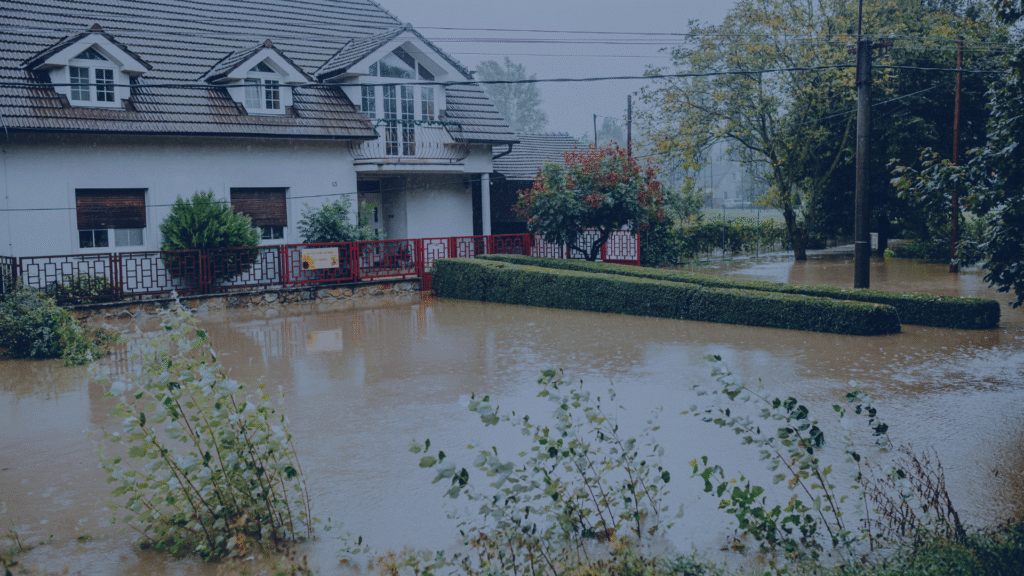
In practical terms, flood insurance tends to cover large-scale, ground-up water intrusion, while homeowners insurance tends to cover top-down or internal water damage. But even within these broad definitions, there are exceptions, exclusions, and grey areas. For example, water seeping slowly into a basement over time is typically not covered by either policy, regardless of the cause.
To make informed decisions, it’s crucial to look beyond just having “water coverage” and instead dig into the specifics:
- Which structures are included?
- What personal belongings are reimbursed?
- Are temporary living expenses covered during repairs?
By clearly understanding what kind of damage is covered by flood vs. water damage insurance, U.S. homeowners can take smarter steps to safeguard their property and avoid unexpected financial losses during natural disasters or home emergencies. This distinction also plays a key role in how smoothly your insurance claim will be processed when the unexpected happens.
When it comes to protecting your property from water-related threats, knowing what kind of damage is covered by flood vs. water damage insurance in USA is essential. While both types of insurance deal with water intrusion, the source of the water and the nature of the event make all the difference in what your policy will or won’t pay for.
Let’s break it down into real-life scenarios and policy-specific terms to clarify what’s typically covered under each.
Structural Damage to the Home
- Flood Insurance: Covers direct physical damage to the structure caused by rising external water sources, such as overflowing rivers, heavy rainfall accumulation, or coastal storm surges. This includes flooring, walls, electrical systems, plumbing, and HVAC units, but only up to the coverage limits set by the National Flood Insurance Program (NFIP) or your private flood policy.
- Homeowners Insurance: Covers structural damage only when water enters the home due to a sudden and accidental cause—like a burst pipe or a damaged roof during a thunderstorm. If the water damage results from neglect (e.g., failing to fix a leak for months), it likely won’t be covered.
Damage to Personal Belongings and Contents
- Flood Insurance: Will typically cover personal belongings—such as furniture, appliances, and clothing but only if you’ve opted into contents coverage under your flood policy. This is not included by default in NFIP plans. Certain high-value items (like artwork or jewelry) may have limited reimbursement caps.
- Homeowners Insurance: Usually includes personal property protection by default. Items damaged by internal water issues like a washing machine overflow, broken water heater, or leaking dishwasher are typically covered up to the policy limit. Be sure to check for exclusions regarding mold or long-term seepage.
Basement and Foundation Damage
- Flood Insurance: Offers limited coverage for basements. It will usually cover structural elements and essential systems like electrical panels and water heaters. However, finished flooring, drywall, or personal belongings kept in the basement are often excluded or minimally reimbursed.
- Homeowners Insurance: Covers basement flooding only if the water damage is caused by a covered peril such as a sump pump failure (with an endorsement) or pipe burst. Damage from groundwater seepage or high water tables is typically excluded unless additional riders are added.
Temporary Living Expenses
- Flood Insurance: Does not cover additional living expenses (ALE). If your home is uninhabitable due to flood damage, NFIP and most private flood policies will not reimburse hotel stays, food, or transportation costs unless you purchase specific add-ons (offered rarely).
- Homeowners Insurance: Usually includes Loss of Use or ALE coverage. If you need to live elsewhere while your home is being repaired after water damage (like from a pipe burst or roof leak), your insurer may cover hotel bills, meals, and extra transportation.
Landscaping, Pools, and Detached Structures
- Flood Insurance: Generally does not cover landscaping, swimming pools, fences, decks, or detached garages unless specifically included in a private policy (NFIP excludes most outdoor property).
- Homeowners Insurance: May cover detached structures like garages or sheds damaged by internal water causes (e.g., frozen pipes), depending on your policy’s “Other Structures” clause. Landscaping is rarely covered under either policy unless the damage results from a named peril like a fire.
Preventative Measures and Upgrades
- Flood Insurance: Some private insurers offer optional “resiliency” coverage to help pay for improvements like sump pump installations, flood vents, or water-resistant building materials after a covered loss. NFIP policies, however, do not cover upgrades or preventative measures.
- Homeowners Insurance: May offer limited coverage for preventive measures like temporary repairs to prevent further damage (e.g., boarding up a roof or using tarps). Full upgrades or maintenance, however, are not covered.
Understanding what kind of damage is covered by flood vs. water damage insurance in USA is not just about knowing your policy it’s about being fully prepared. Many homeowners assume they’re protected from all types of water damage, only to discover after a claim that they lacked the right type of insurance.
To avoid surprises:
- Read your policy’s declarations and exclusions in detail.
- Consider bundling flood and homeowners insurance with the same provider for streamlined claims.
- Regularly update your home inventory and property valuation.
In short, one policy won’t protect you from all water-related threats. Having both types of coverage in place ensures you’re not left footing the bill when disaster strikes.
Average Insurance Payout for Flood vs. Water Damage Insurance
Understanding the average insurance payout for flood vs. water damage insurance in the U.S. is crucial for homeowners evaluating how much protection their policies truly offer. While both flood and water damage claims involve water-related destruction, the claim process, insurer responsibilities, and payout amounts can vary dramatically often leaving policyholders surprised when reimbursement doesn’t match the actual cost of repairs.
Knowing what to expect financially can help you prepare better:
Water Damage Insurance Claim Payouts (Standard Homeowners Insurance)
Water damage that results from a covered peril, such as a burst pipe or sudden appliance malfunction, is generally included under a standard homeowners insurance policy. The average water damage insurance claim payout in the U.S. is approximately $11,650, according to the Insurance Information Institute (III). This figure reflects a combination of claims related to plumbing leaks, roof failures, or HVAC malfunctions.
🔹 Factors That Influence Water Damage Insurance Payouts:
- Source of the water: Must be sudden and accidental not due to neglect or long-term issues.
- Type of damage: Damaged drywall, flooring, furniture, and electronics are commonly reimbursed.
- Policy add-ons: Riders for sewer backup or mold remediation can increase the final payout.
- Repair vs. replacement cost coverage: Some policies reimburse based on replacement cost; others use depreciated value.
➡️ Example: If a second-floor pipe bursts and ruins a ceiling, carpet, and furniture below, the payout might range from $8,000 to $20,000, depending on deductible, loss severity, and what’s covered under the policy.
Flood Insurance Claim Payouts (NFIP & Private Policies)
Flood insurance is usually purchased separately through either the National Flood Insurance Program (NFIP) or private insurers. The average payout from NFIP flood claims in the U.S. ranges between $30,000 and $45,000, according to FEMA reports. However, the actual amount can be much lower or higher depending on your policy limits and the extent of damage.
🔹 Factors That Influence Flood Insurance Payouts:
- Policy limits: NFIP caps structure coverage at $250,000 and contents at $100,000.
- Extent of damage: Severe floods that damage foundations, walls, and electrical systems often exceed $50,000 in costs.
- Deductibles: Higher deductibles reduce your upfront premiums but also lower payouts.
- Coverage exclusions: Personal property in basements, landscaping, pools, and living expenses are typically excluded from NFIP coverage.
➡️ Example: A homeowner with $200,000 in structural coverage and $50,000 in contents may receive $35,000–$50,000 for moderate flood damage. But if they experience catastrophic flooding, they may still fall short of full recovery without private flood extensions.
Private flood insurance may offer higher limits and faster processing.
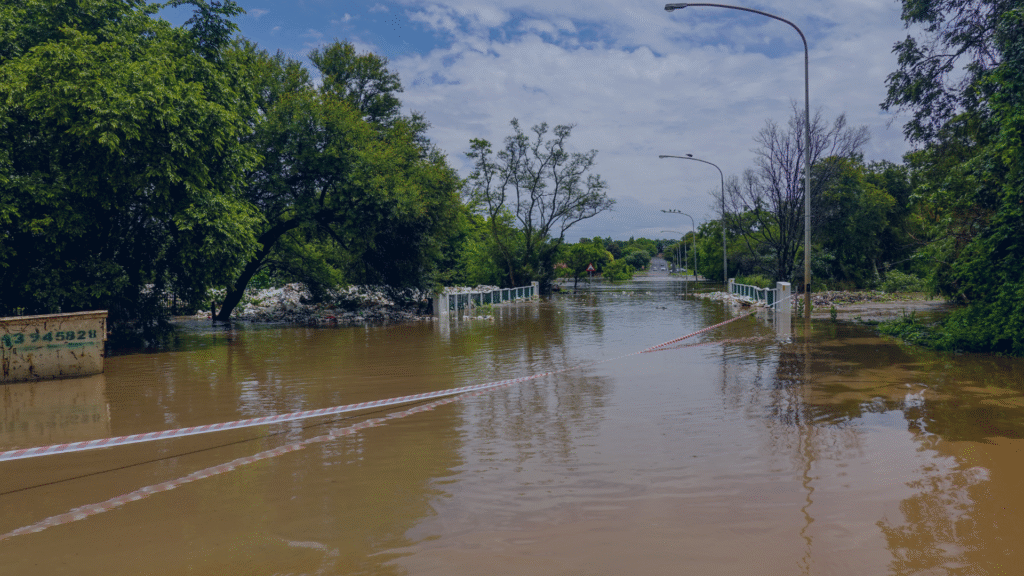
Flood vs. Water Damage Insurance: Payout Comparison
| Category | Flood Insurance (NFIP/Private) | Water Damage (Homeowners Insurance) |
|---|---|---|
| Average Claim Payout | $30,000 – $45,000 | $10,000 – $15,000 |
| Max Structural Coverage (NFIP) | $250,000 | Up to Replacement Cost (Varies) |
| Contents Coverage | Optional ($100,000 limit – NFIP) | Included (Policy-specific) |
| Living Expense Coverage | Not Included (NFIP) | Usually Included |
| Deductible Range | $1,000 – $10,000 | $500 – $5,000 |
Also Read: Low Home Insurance Claim Settlement : Expert Tips for Handling a Low Claim Settlement
Procedure and Documents Needed for Flood vs. Water Damage Insurance
For Water Damage Claims:
- Take pictures/videos of the damage
- Save damaged items for proof
- Collect receipts for emergency repairs
- Provide a detailed written description
- Submit a claim within your policy’s timeline (usually ASAP)
For Flood Insurance Claims (NFIP):
- File the claim within 60 days
- Submit the Proof of Loss form
- Include:
- Date and cause of loss
- Property description
- List of damaged contents with value
- Contractor repair estimates
- Before/after photos
Tip: Get an independent public adjuster if needed for complex claims.
How to File a Flood vs. Water Damage Insurance Claim
Filing a Water Damage Claim:
- Contact your insurer immediately
- Document the cause (e.g., pipe burst)
- Prevent further damage (turn off water)
- Meet the claims adjuster
- Start repairs and save all receipts
- Get reimbursed based on policy limits minus deductible
Filing a Flood Damage Claim:
- Notify your flood insurer or NFIP agent
- Submit Proof of Loss within 60 days
- Prepare documentation (photos, receipts, item lists)
- FEMA adjuster inspects the damage
- Reimbursement processed (can take weeks)
Note: Some private flood insurers offer faster, digital claims processing.
Roof Damage Coverage Under Flood vs. Water Damage Insurance in the USA
Roof damage is one of the most common and costly types of home repairs in the United States. But when it comes to filing an insurance claim, many homeowners find themselves confused about whether their policy covers the damage especially when water is involved. The distinction between flood vs. water damage insurance in the USA becomes particularly important when assessing roof-related incidents.
Let’s break down what’s typically covered under each policy type and when roof damage qualifies for reimbursement.
Does Flood Insurance Cover Roof Damage?
Generally speaking, flood insurance especially through the National Flood Insurance Program (NFIP) does not cover roof damage. That’s because NFIP flood insurance is primarily designed to protect against losses resulting from water that rises from the ground up (e.g., overflowing rivers, storm surges, flash floods). It does not cover damage caused by wind-driven rain, falling debris, or roof failures.
🔹 What Flood Insurance Might Cover (Indirectly):
- If floodwater enters the home due to foundation damage or rising water levels and causes ceiling or attic flooding, the resulting interior damage (not the roof structure itself) may be covered.
- Private flood insurance may offer broader protection than NFIP policies, but this is policy-specific and typically comes with a higher premium.
Key takeaway: Flood insurance won’t cover a leaking or damaged roof unless the flood caused structural failure that indirectly impacted the roof.
Does Water Damage Insurance Cover Roof Damage?
In contrast, water damage insurance under a standard homeowners policy can cover roof damage, but only under certain circumstances. The critical factor is the cause of the damage.
✅ Covered Scenarios:
- Sudden storm damage: If heavy winds or hail break shingles or tiles, allowing rainwater to leak in, most homeowners insurance policies will cover the cost of repairs.
- Fallen objects: A tree or branch crashing into the roof during a storm may qualify for roof repair coverage.
- Ice dams: In cold regions, ice accumulation under shingles can cause leaks. Some policies cover this if it leads to water entering the home.
Also Read: Roof Damage Insurance : Complete Guide to Claims, Coverage, & Payouts for Hail & Wind Storms
❌ Not Covered Scenarios:
- Wear and tear: Long-term deterioration due to age or poor maintenance is typically excluded.
- Negligence: If the insurer determines the roof was in bad shape before the incident, the claim may be denied.
- Improper installation: Faulty construction or DIY roofing errors may also void coverage.
Filing a Claim for Roof Damage Under Water Damage Insurance
If you experience roof damage that leads to interior water damage, here’s how to strengthen your case:
- Take photos/videos of the roof damage and resulting interior water damage.
- Document the storm event (such as weather reports, news coverage, or timestamps).
- Secure the area to prevent further damage (e.g., use tarps or plastic sheeting).
- Contact your insurer immediately and initiate the water damage claim.
- Get a professional roofing inspection report, especially if needed to prove sudden damage vs. long-term decay.
Real-World Payouts for Roof Damage Claims
According to the Insurance Information Institute (III), the average roof-related insurance claim in the U.S. ranges between $7,000 and $15,000, depending on the severity and location of the damage. Claims that involve structural repairs and interior restoration (drywall, flooring, insulation) can exceed $20,000.
✅ What Kind of Roof Damage Is Covered?
| Type of Roof Damage | Covered by Water Damage Insurance? | Covered by Flood Insurance? |
|---|---|---|
| Wind or hail-damaged shingles | ✅ Yes | ❌ No |
| Tree falling on roof during storm | ✅ Yes | ❌ No |
| Rainwater leaks after roof failure | ✅ Yes (if sudden) | ❌ No |
| Groundwater flood rising into attic | ❌ Not typical | ✅ Possibly (interior only) |
| Long-term wear and tear | ❌ No | ❌ No |
| Damage from poor installation | ❌ No | ❌ No |
Additional Tips and Resources
- Prevention is key: Install sump pumps, inspect roofing, and waterproof basements.
- Bundle insurance: Some private companies offer bundled flood and home policies with better coverage.
- Risk maps: Check your flood risk via FEMA’s Flood Map Service Center: msc.fema.gov
- Private flood options: Consider alternatives like Neptune Flood, TypTap, or Chubb for broader coverage.
Conclusion:
Understanding the distinction between Flood vs. Water Damage Insurance in USA is critical for every homeowner. While both involve water, how insurers view and cover them differs drastically. Make sure you have both homeowners and flood insurance especially if you live in a flood-prone area.
The best defense is a good offense: maintain your home, know your policies, and prepare your claim documents in advance. When water strikes, being prepared means the difference between recovery and ruin.




